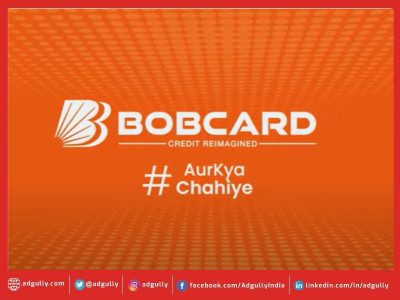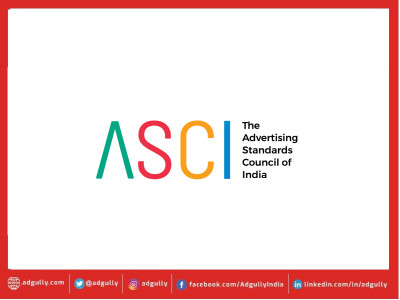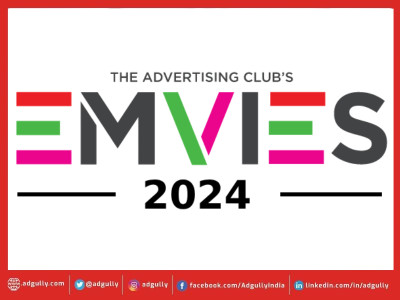The curious case of Fevicol’s two very diverse campaigns
Himanshu Manglik, Founder & President, WalnutCap Consulting LLP, dissects Fevicol’s two latest campaigns – ‘Sofa’ and ‘#PhenkoNahiJodo’ – and analyses which one is the real workhorse for Brand Fevicol.
India is a unique country. It has a multitude of cultures that are interwoven, almost like a patchwork quilt, and the patchwork keeps taking on different colours and hues. To be able to create an effective advertisement in such an environment, one that goes beyond likability to one that is a workhorse for the brand requires an understanding of the changing societal values. Brands that have the ability to leverage these insights evolve effectively and keep marching ahead.
Recently, Pidilite Industries launched a couple of new films for its flagship brand Fevicol. The ‘Sofa Campaign’ is pleasant and holds your interest through an audio of rustic folk style music “Sharma ki dulhan jo byaah ke aayee....sang two-seater sofa laayee”. The concept is good. It works on durability through a play on the traditional values of refurbishing existing stuff, the economic progression of families, and changing social norms around marriage. It meanders through the life of an extended family as it evolved over the past 60 years, quite like the opening shot of boats meandering through the river. An excellent film from a likability view point, though a bit flabby from a marketing perspective. We do not know who it is meant for.
Over the years, Fevicol has been consistent and focused on a singular proposition of durability – “Yeh Fevicol ka jod hai...yeh tootega nahin”. The brand now stands for strong adhesive properties and is today able to take liberties with the creative because the slightest hint of ‘Mazboot Jod’ brings Fevicol surging top of mind. Whilst Fevicol can afford this creativity after years of brand building, it is doubtful if the commercial would have worked for any other adhesive brand.
Let us pull back and see who it could be targeted at and what seems to be the purpose for running this film. The target segment is unlikely to be the households, since they are not even aware of what goes into the making of a sofa. It is unlikely to be the young generation and the millennials, who would much rather order online from the likes of Pepperfry, Ikea and Amazon. They do not believe in refurbishing. New India has still not reached a stage where we start valuing old stuff, except for its vintage value. Logically, it could be the carpenters, who are the users of Fevicol, but whether there would be many who would see it is suspect, despite the claims of Digital India. The target audience is clearly not the buyers of Fevicol at retail outlets and neither is it the regular bulk users and carpenters. Why then do we need this film?
The film appears to be more from a corporate brand building perspective, using Fevicol as a strategic asset. It supports and reinforces the ‘feel good’ factor and the nostalgia that many of the older generation remembers seeing in our own families, where our parents and grandparents valued the ability to recycle the jewellery, furniture and other assets to meet the demands of societal status. The likeability of the film is in its ability to identify a culture that many of us recall with latent pride, but which is slowly slipping away from us. It is perhaps in the social message that the older generation would like to pass on to the next. The film creates that soft aura around the brand that says ‘I remember you. You have been a part of my family for many generations’.
The gap in the strategy, if indeed there is one, is that today there is a complete disconnect between generations. The post Independence generation, which is getting old now, would be sentimental and love it, but the younger consumers and the millennials are largely unfamiliar with this past. In this age of rapid technological change and innovations in furniture styles and decor, they are getting accustomed to a ‘use and throw’ disposable lifestyle. In the realities of the modern lifestyle, traditional values of saving and refurbishing are jostling for survival with the new consumerism of plenty, where the generation is mesmerised by the plethora of options and fast changing choices. In such a setting, the ‘sofa campaign’ with its rustic lyrics would only be an amusing and quaint culture. The younger generation is the future of the brand and what works for them is much more important. Perhaps the two other films that Fevicol has launched around the same time are aimed at filling this gap in the strategy – #PhenkoNahiJodo, titled ‘Kabadiwali bani fixer nani’ and ‘Gappu ban gaya gentleman!’ The inherent strength of this #PhenkoNahiJodo treatment is far more relevant than the ‘Sofa Campaign’.
The ‘Sofa Campaign’, however, has a different benefit because it reveals the DNA of the brand. Its parent company Pidilite is a torch bearer for Indian companies of the post Independence era. Within six decades or so, it has built itself into a well respected organisation and has worked at the grassroots to build Fevicol as a powerful consumer brand. It has left the competition miles behind through sheer persistence, consumer insights and product augmentation, largely because it consistently worked with the end users – the craftsmen – to consistently improve their product experience. From such a perspective, the ‘Sofa Campaign’ is a well crafted statement of corporate pride that “we know India and are a successful part of the society”. This is indeed true.
In the final call, both campaigns bring an emotional quotient into the functionality of adhesives. Both campaigns have the same underlying thoughts and in their own way both are creating layers of support around the brand. What is puzzling is why the brand needs to run both the campaigns around the same time and why is it diffusing its resources. Especially, since they are discordant in their style and approach. Both campaigns are likeable, but which one is the workhorse? In my opinion, the ‘Sofa Campaign’ is a feel good luxury for the brand when resources are not a constraint. Fevicol should have chosen only one theme if it wanted to address the concerns around a wasteful throw-away culture – #PhenkoNahiJodo – which uses quirky humour to position Fevicol as the solution. #PhenkoNahiJodo is the real workhorse for the brand.
You might say, “A bond is a bond, but with Fevicol it is a stronger bond”!


















Share
Facebook
YouTube
Tweet
Twitter
LinkedIn